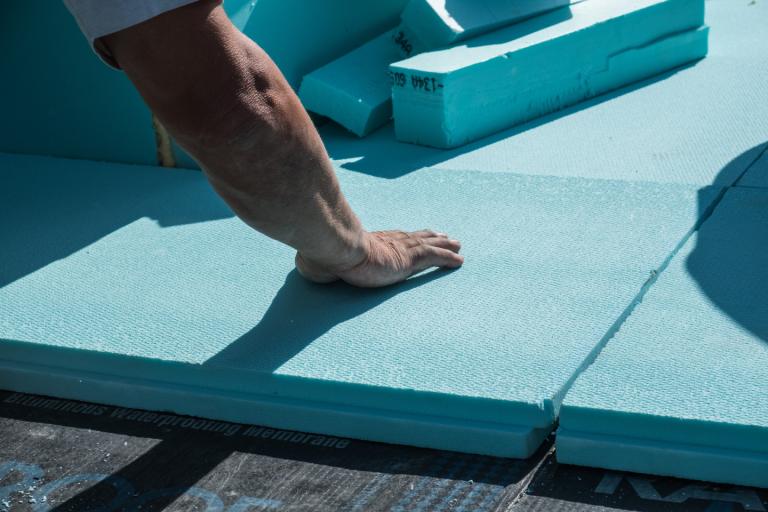Our new AI assistant:
We're trialling an AI assistant on this page. Want to ask a question about our environmental services, including bins and recycling? Click 'Ask Croydon Council' to get started.
The easiest way to insulate a flat roof is from above. This can either be done by adding insulation on top of the existing roof (if the roof is in good condition) or by completely renewing the roof by combining this insulation with a new covering.
It’s best to insulate a flat roof when the roof needs replacing, as this allows you to upgrade it to meet current building regulations.
Insulating under the roof is also possible, but it carries a higher risk of condensation issues, so it should only be done by a qualified professional such as a retrofit designer or coordinator.

The relevant building regulations which are required include:
The Energy Saving Trust has a very useful roof and loft insulation guide which covers flat roof insulation in detail.
Cost: £500
Disruption: Low
Most homes do not need insulation in pitched roofs because the insulation layer is usually placed in the loft floor.
However, if you are planning to convert your loft into a living space, the pitched roof will need to be insulated. You will need a professional to ensure the insulation is properly installed and that there is enough ventilation.
The biggest risk with insulating pitched roofs is condensation and moisture. Proper ventilation and ways for moisture to escape are essential to prevent further issues.
Other things to consider are that any repairs to the roof structure should be completed before adding insulation – this is to ensure that the roof stays in good condition.
The Energy Saving Trust has a useful roof and loft insulation guide with a comprehensive section on pitched roof insulations.
If you are planning a pitch roof insulation for the first time, find out about the building regulations required from the Planning Portal.
NEW Help improve this site by giving feedback Show Hide
Send feedback directly to the content team using our website feedback form
You can also join our user research group to receive invites to activities and surveys to help shape future improvements to the site.